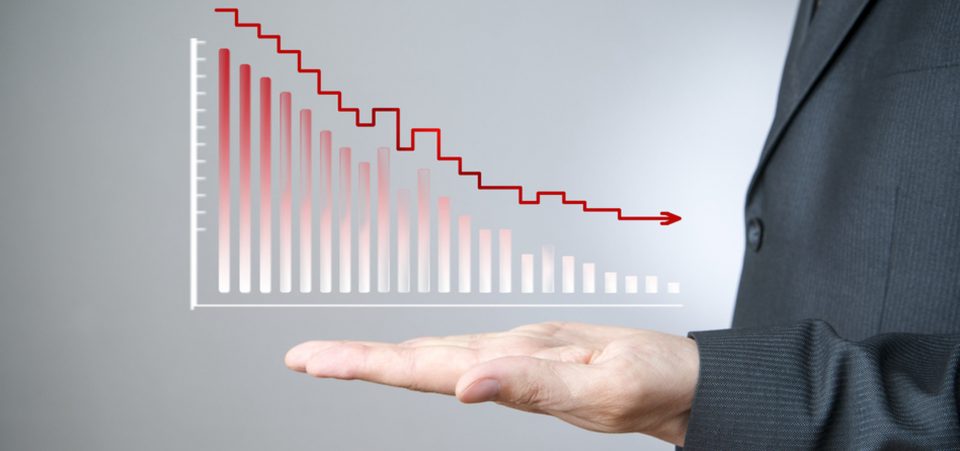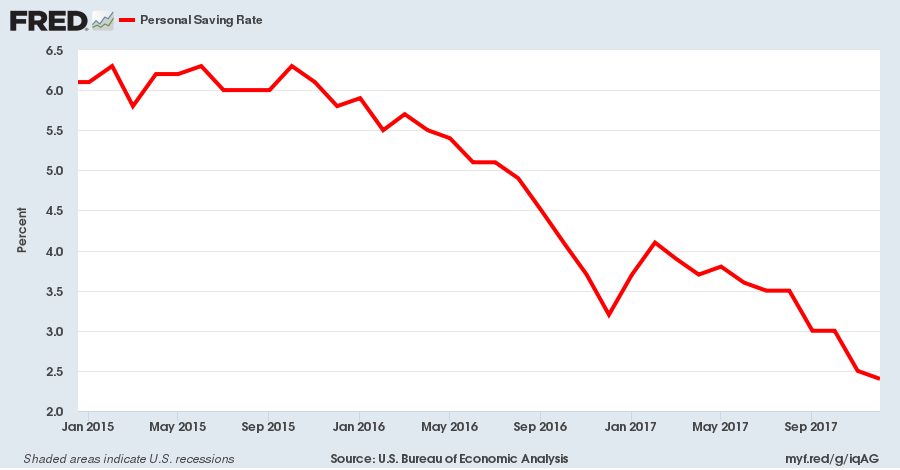Household Debt Foretells That Recession Could Be Nearing
The odds of a recession in the U.S. economy happening soon are stacking up higher by the day. Investors beware!
Understand this: my call for a recession is not based on gut feeling. There’s a lot of economic data and indicators backing my argument. You see, in the so-called recovery from the last financial crisis, Americans have accumulated a lot of debt.
Just recently, the Federal Reserve Bank of New York reported that U.S. household debt has been increasing for 14 consecutive quarters, and it reached an all-time high in the fourth quarter of 2017. The American household debt figure currently stands at almost $13.2 trillion. (Source: “Household Debt And Credit Report,” Federal Reserve Bank of New York, last accessed February 15, 2018.)
Is increasing debt a problem? Not on its own.
The problem comes from the fact that household debt is soaring as interest rates are moving higher. So, all of a sudden, for all the debt that Americans have accumulated, they could be paying much more interest on it. Their credit cards are going to cost more, mortgage payments could get bigger, and the list goes on.
Why does it matter? If their interest cost increases, they cut back on buying things they want. This impacts the overall consumption figures and ultimately leads the economy to a recession. If you recall what happened in the previous U.S. recession, it all started with consumers not being able to pay for the debt they had accumulated.
American Saving Rate Plummets 60%
Here’s something worse, and it’s impressive how little-to-no attention this topic gets in the mainstream media: the U.S. personal saving rate has plummeted.
Before going into any details, please look at the chart below. It shows the saving rate of Americans, relative to their disposable income.
(Source: “Personal Saving Rate,” Federal Reserve Bank of St. Louis, last accessed February 15, 2018.)
Currently, Americans are saving just 2.4% of their disposable income. In simple words, for every $100.00 they are paid (after taxes and other charges), they are saving just $2.40 from it. In early 2015, they were saving over six percent of their income. If you look at it from a percentage change, they are now saving roughly 60% less than they did about three years ago.
Going beyond this, the U.S. personal saving rate is at its lowest since 2005.
Combining everything, on one hand, you have American consumers racking up massive amounts of debt. On the other hand, their savings are dwindling. This is not a good combination to have, no matter what anyone says. It foretells a recession in the U.S. economy.
U.S. Economic Outlook: If Recession Becomes Reality in Late 2018, Market Top Forms Soon
Dear reader, each morning I wake up and read the headlines, and it all feels awfully similar to 2007. Mark my words, a recession could be nearing. The skyrocketing household debt and plummeting saving rate are saying this.
If you are an investor, there’s one thing you must know: market tops usually happen when the economy is at its peak prosperity and about enter into a recession. Sell-offs usually escalate as a recession becomes evident in the data.
If a recession becomes reality in late 2018, we could see a top forming on the markets sooner rather than later. A sell-off could also be ahead, near the end of the year. With time, we will know more.







